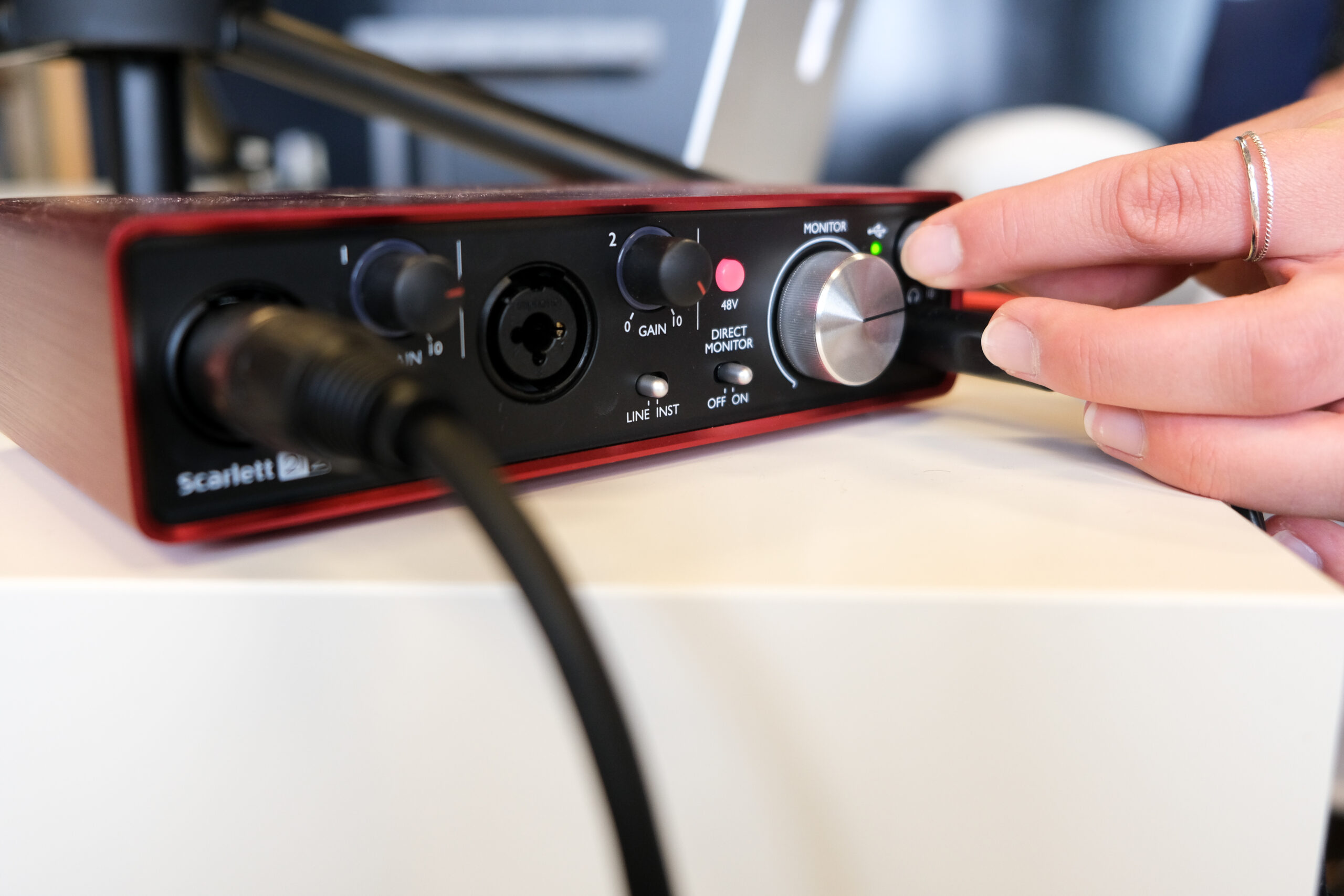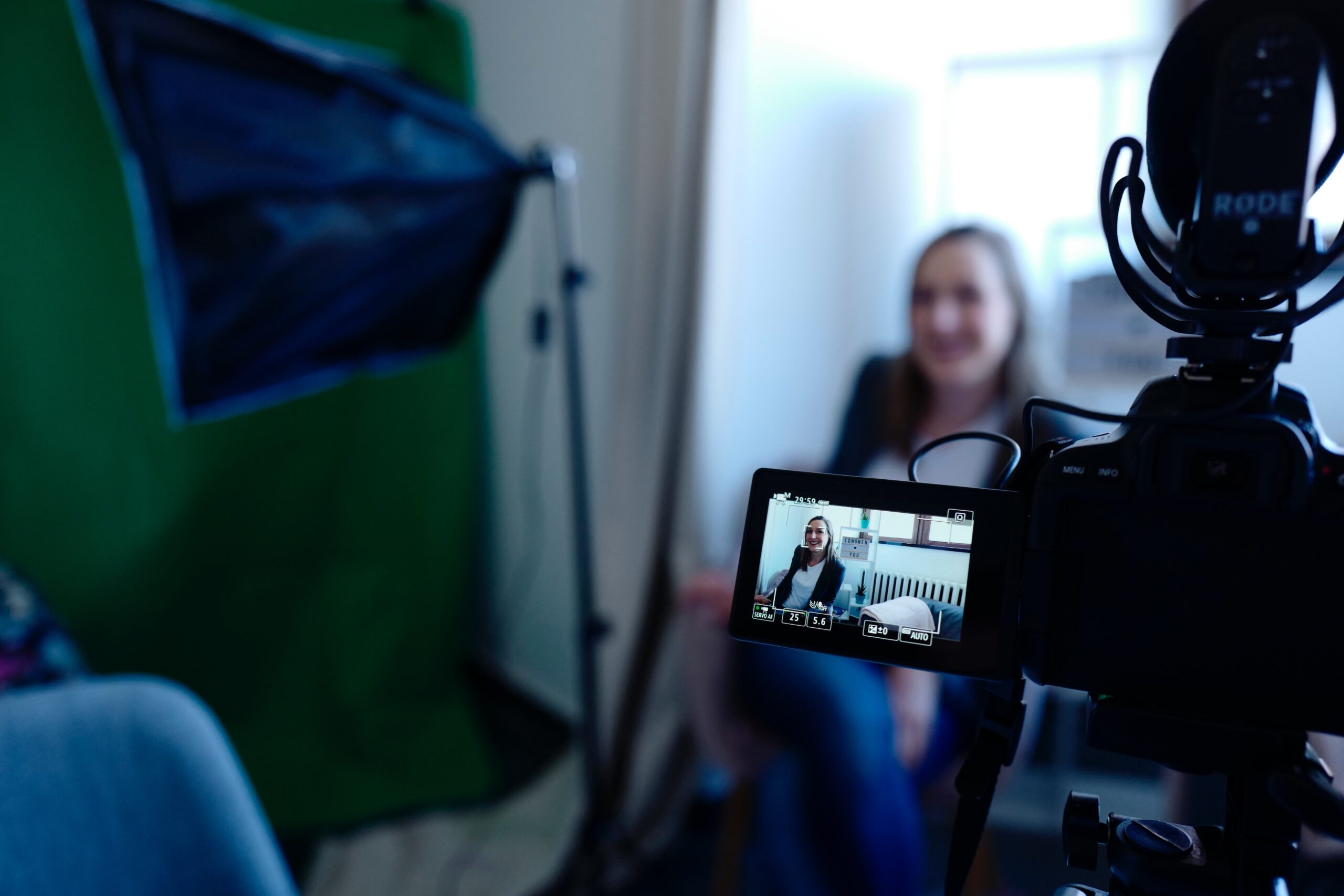The landscape of work has never looked more different or more varied. Even with the shift to a remote work environment, a recent study showed that productivity is the same or higher than before the pandemic. But with the virtual environment comes its challenges for managers tracking productivity while also meeting the needs of their sales reps.
The efficiency and effectiveness of performance for customer-facing teams are crucial pillars in ensuring a consistent, high-quality buyer experience from beginning to end. Without tracking productivity, enablement practitioners and managers cannot make essential adjustments or support their reps in having successful conversations with buyers.
As the third annual Sales Enablement Analytics Report found, sales enablement can help improve sales productivity to maximize revenue and performance by consistently tracking critical sales efficiency and effectiveness metrics.
As the saying goes, teams can only be as strong as their weakest link. That concept aligns quite well with revenue teams in just about any industry or organization. Suppose only a handful of top-performers consistently achieve quota or drive revenue. In that case, the lack of consistency may have disastrous effects on the entire revenue operation, including rep burn-out, high churn, low engagement, or risks to a long-term revenue strategy.
But suppose enablement teams can look to improve the productivity of every sales rep. In that case, consistent overall performance can ultimately be achieved and sustain itself through challenges, as well as triumphs, boosting morale, and creating a more robust organization.
Enablement teams should be tracking rep productivity to help diagnose issues with performance and discover solutions to give reps the tools they need to be successful. One of the critical ways sales enablement can improve productivity is by measuring the effectiveness and impact of personalization. Below, learn how measuring the personalization of customer engagements can be leveraged as an invaluable tool to gauge what rep productivity looks like and determine ways to improve it.
How Personalization of Customer Engagement Cuts Through the Noise
Conversations have primarily moved online – from everyday interactions with family or friends to speaking with a potential buyer. Today’s buyers are increasingly reliant on technology to gather more information and research before talking to a sales team. Sellers need to be prepared for every stage of the buyer conversation to help forge connections and provide value and insight that stands apart from the competition.
Curating relationships with buyers, even virtually, requires a clear focus on prioritizing buyer engagement and creating a personalized customer experience through every conversation.
About a third of respondents in the Sales Enablement Analytics Report 2021 indicated that they track the level of personalization of customer engagements.
“I track personalization at the early funnel stage of a sales process as well to optimize the efficiency of the SDR team,” said Stacey Justice, vice president of sales enablement and productivity at HashiCorp. “How can we get them to personalize at scale and track the effectiveness from the beginning of the sales process?”
Understanding how to effectively create personalized customer experiences is critical to developing positive relationships with buyers. For example, organizations that measure the level of personalization of customer engagements report an 11-percentage-point increase in win rates and a 3-percentage-point decrease in no-decision deals.
“For personalization further along the sales journey, that means how you customize [the solution] to be relevant to the current business and how you showcase what your product can do,” said Pamela Dake, vice president of global enablement at Fairmarkit.
Personalization can impact customers beyond new buyers; maintaining a consistently high-quality buyer experience is crucial in satisfying existing customers. The data shows that those who track personalization are 55% more likely to get a customer referral than those who do not track this metric to measure sales effectiveness.
Reducing Wasted Time to Improve Personalization
The efficiency of a sales team is often measured in how reps optimize their time. Meaningful conversations with buyers and a focus on creating impactful experiences throughout the customer journey are high in value and ultimately drive overall performance.
“We’ve been focusing on the level of effort and the number of hours spent as an enablement function, knowing that the more programs we throw at [reps], the more time we’re taking away,” said Justin Burney, senior sales effectiveness manager at Workday. “We only have so much capacity to keep bringing innovation to the sellers, so we’re trying to find that balance to prioritize programs and manage [their] time.”
More than a third of total respondents in the Sales Enablement Analytics Report 2021 said they track the amount of time spent searching for content, which increased by 11% from last year, as a measure to gauge overall rep productivity. Along with tracking time spent on selling activities and the total number of high-quality leads, more and more teams are seeking solutions to cut down on resource inefficiencies and eliminate wasted time.
Organizations that track the time spent searching for content as a measure of sales efficiency report a 7-percentage-point increase in win rates and a 4-percentage-point increase in cross-sell deals. When reps can quickly find the right resources that will resonate with a particular buyer in their moment of need, they can more effectively facilitate the decision-making process and help drive conversations forward.
“At the top of our CRO’s wishlist and our requirement list for enablement is how much time we can give back to sellers and make them more efficient,” said Allen Biehl, director of global sales enablement at Snow Software.
One strategy to help reduce the time reps spend searching for and creating content is leveraging sales enablement tools. As respondents in the Sales Enablement Analytics Report 2021 noted, these tools can help reps share relevant content tailored to the right buyer, update it as needed, and ensure reps use the most current assets.
Personalized Sales Plays Drive Sales Efficiency
In their various forms and iterations, sales plays continue to be a key driver in overall sales efficiency. Carefully thought-out plays provide necessary guidance for reps to navigate a myriad of different selling scenarios. Particularly, dynamic, well-structured plays can help reps better tailor their approaches to different customer needs to create more personalized experiences.
Optimizing a rep’s ability to efficiently leverage personalized and adaptable sales plays is a critical tool to any sales rep’s toolbox. The Sales Enablement Analytics Report 2021 showed that teams experienced a 7-percentage-point increase in win rates and a 5-percentage point increase in cross-selling deals when using sales play tools to track business outcomes and help overall drive consistent revenue growth.
“[Sales playbooks] have helped us create a unified sales enablement approach to mobilize reps into action on our core GTM initiatives,” said Ian Westbrook, senior director of field effectiveness at DocuSign.
Practitioners can help enhance the quality and personalization of the tools reps use to interact with buyers at the right time in the right place. By leveraging content management tools and sales plays to be customizable, practitioners can give clear guidance to sales teams on approaching their conversations with buyers to make the most of their time. Sales enablement teams can then effectively track the impact of their programs and delivery throughout the customer journey and adjust to fill the gaps and improve overall effectiveness in real conversations with buyers.
Sales enablement teams can enhance productivity across sales teams by encouraging personalization in customer engagement. Leveraging customizable sales plays, reducing time wasted finding relevant content, and measuring the level of personalization in customer conversations to identify patterns that work all play a role in building rep consistency. Tailoring the experience for every prospective buyer can help achieve revenue goals while maintaining a positive and long-lasting relationship with customers once the deal is closed.
To dig even deeper into how sales enablement continues to affect organizations and can increase revenue, download the full Sales Enablement Analytics Report 2021 here.









